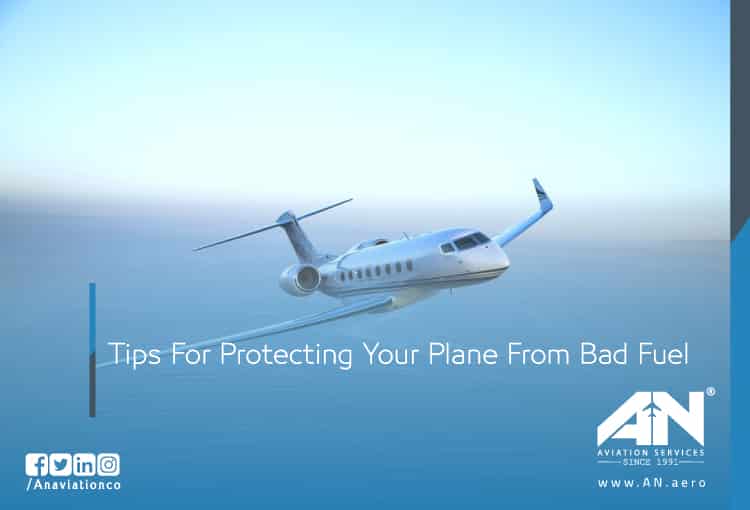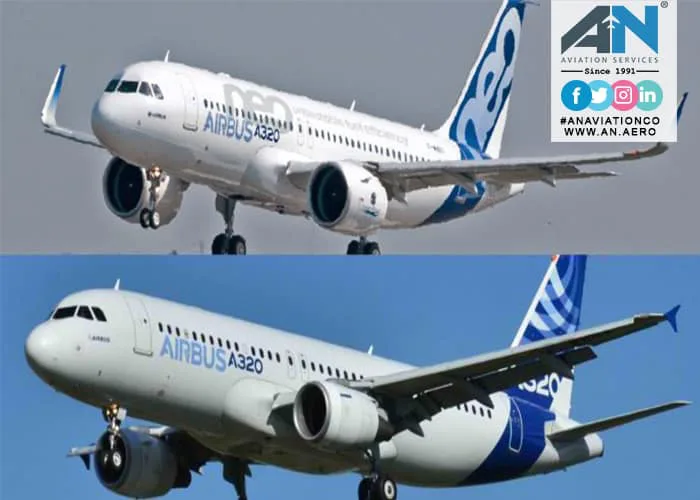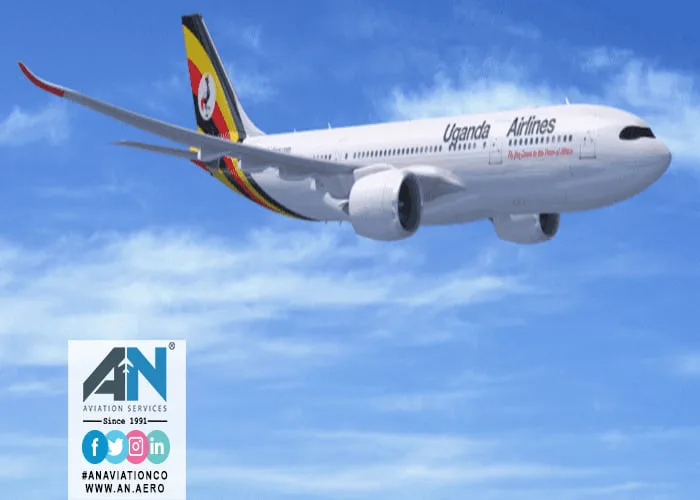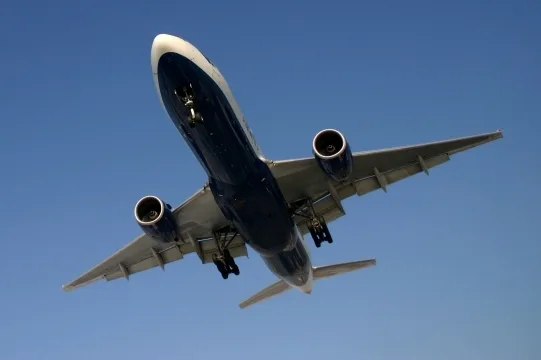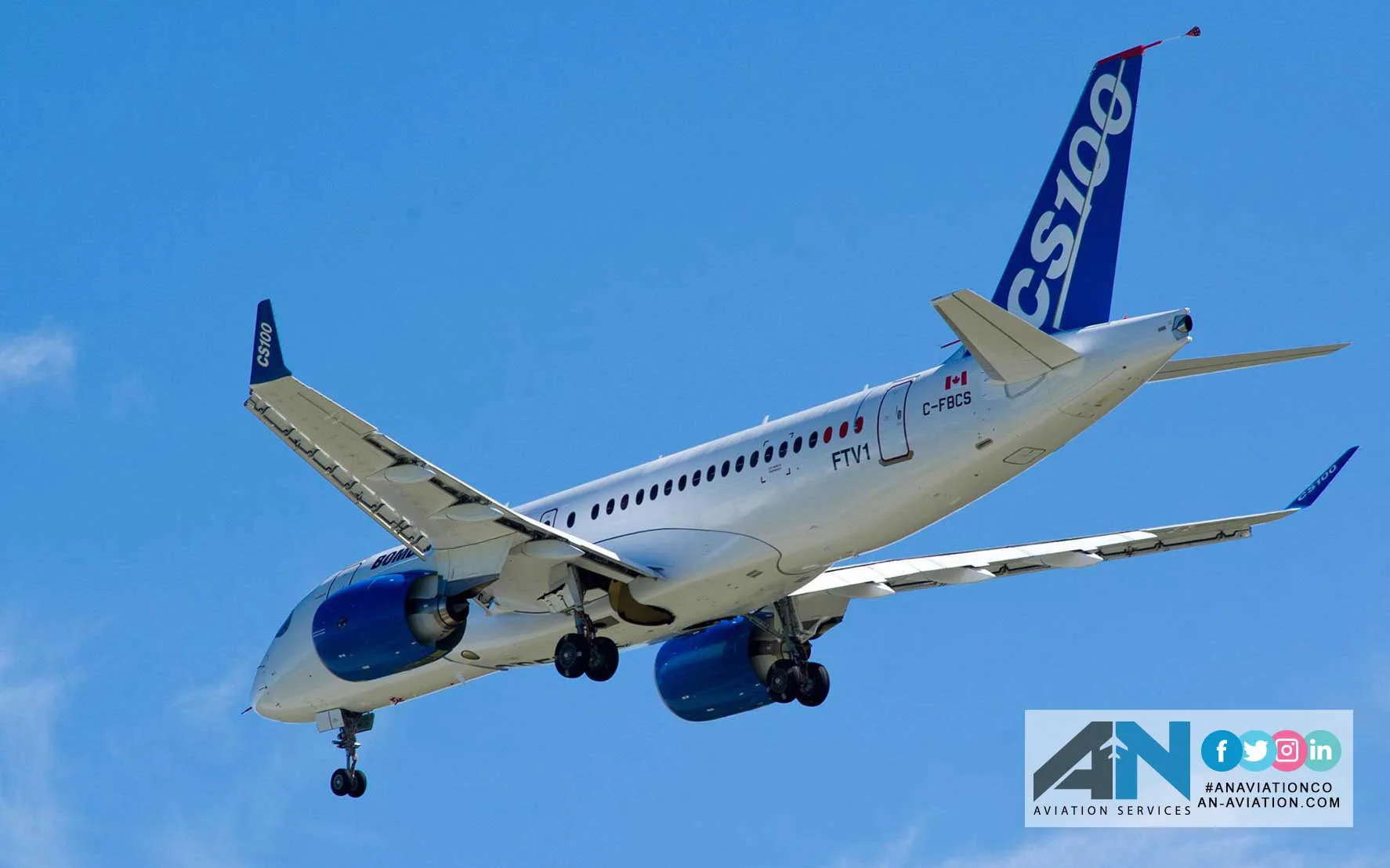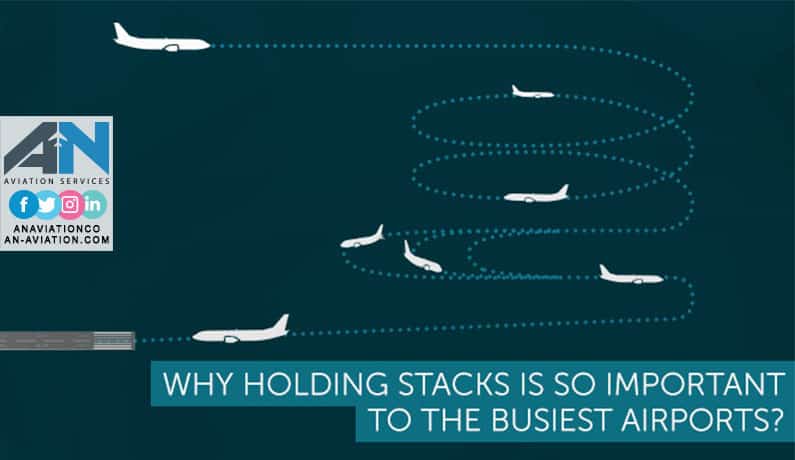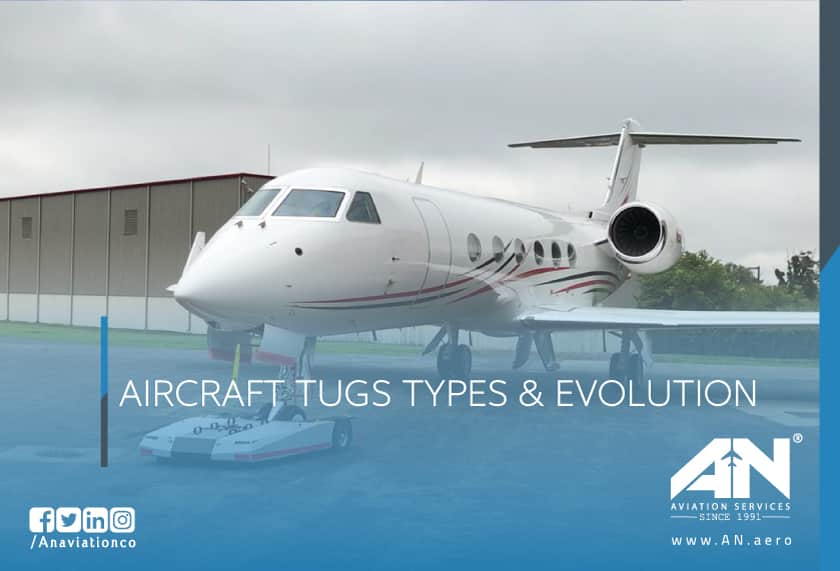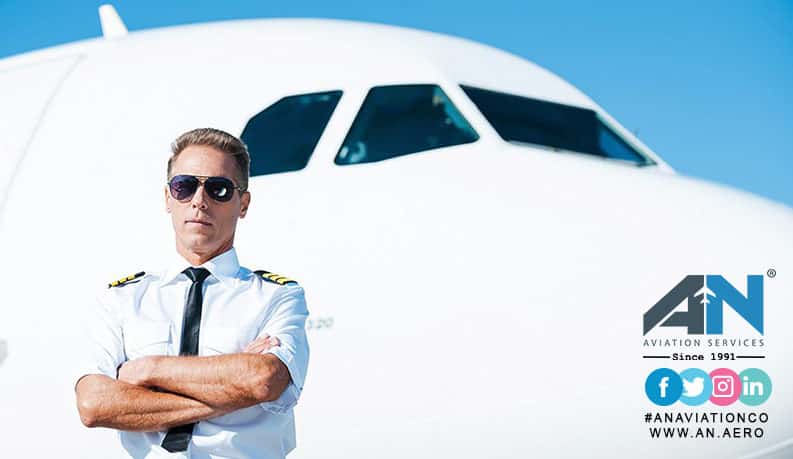
The world of aviation is filled with unique career paths, each offering its own set of opportunities and challenges. Among these, two distinct roles stand out: Passenger Pilot and Cargo Pilot. While both involve commanding an aircraft and ensuring safe travel from one destination to another, the day-to-day experiences and expectations of these two professions are surprisingly different.
Whether you dream of flying passengers for major airlines or piloting freighters for global logistics companies, it’s important to understand the distinctions between these roles. From flight hours to working environments, this blog explores the key differences between Passenger Pilots and Cargo Pilots and what makes each path unique.
What Does a Passenger Pilot Do?
A Passenger Pilot, as the name suggests, is responsible for flying commercial aircraft that carry people. These airline pilots work for commercial carriers and transport travelers across domestic and international routes. Their primary focus is ensuring the safety and comfort of passengers while adhering to strict schedules and regulations.
Passenger Pilots often interact with cabin crews, air traffic control, and occasionally passengers themselves. Their responsibilities extend beyond flying; they also manage in-flight announcements, monitor passenger comfort, and work closely with flight attendants to address any in-flight issues.
For many pilots, working for major airlines is considered the pinnacle of their career path, offering the chance to fly some of the largest and most advanced aircraft in the world.
What Does a Cargo Pilot Do?
On the other hand, a Cargo Pilot focuses on transporting goods rather than people. Cargo Pilots typically work for cargo carriers like FedEx, UPS, or DHL, as well as dedicated freight divisions of major airlines. Their job is to ensure the timely and safe delivery of everything from medical supplies to electronics, often across vast distances.
Unlike Passenger Pilots, Cargo Pilots rarely interact with passengers or cabin crews. Instead, they work closely with ground crews to oversee the loading and unloading of cargo, ensuring weight and balance requirements are met. Cargo aircraft often operate on less rigid schedules, which can lead to unique challenges but also offers certain advantages.
Key Differences Between Passenger Pilots and Cargo Pilots
1. The Cargo vs. Passengers Dynamic:
One of the most obvious differences between the two roles is the nature of what—or who—they’re transporting. Passenger Pilots must prioritize both safety and comfort, maintaining smooth flights and addressing passenger concerns when necessary.
Cargo Pilots, by contrast, deal with goods that don’t complain about turbulence or delays. This allows for a greater focus on the technical aspects of flying, although they must ensure cargo is securely loaded and distributed to maintain the aircraft’s balance.
2. Flight Schedules and Time of Day:
Passenger flights are primarily scheduled during the day to accommodate travelers’ preferences. Passenger Pilots often enjoy more predictable schedules, although long-haul flights and overnight legs can still be part of the job.
Cargo Pilots, on the other hand, frequently fly at night to meet global shipping deadlines. While this may disrupt normal sleep patterns, some Cargo Pilots enjoy the quieter skies and less congested air traffic.
3. Flight Hours and Career Progression:
Both Passenger Pilots and Cargo Pilots accumulate flight hours to advance their careers, but the paths to achieving this can differ. For Passenger Pilots, the traditional route often involves starting with smaller regional airlines before moving on to major airlines.
Cargo Pilots might begin with smaller cargo carriers or charter operations before progressing to larger international freight companies. While the career paths are distinct, both roles require pilots to log substantial flight time to qualify for promotions and higher-paying positions.
Work-Life Balance
Work-life balance is another area where the two roles differ. Passenger Pilots typically enjoy more structured schedules, with regular layovers in destination cities. This provides opportunities to explore new places or simply relax between flights.
Cargo Pilots, however, often have irregular schedules due to the nature of freight logistics. While this can make planning personal time more challenging, many Cargo Pilots appreciate the fewer interactions with passengers and the operational focus of their role.
Salary and Benefits
Salaries for both Passenger and Cargo Pilots are competitive, with earnings increasing as pilots gain more flight hours and experience. However, salaries can vary depending on the airline, cargo carrier, and aircraft type.
Passenger Pilots working for major airlines often enjoy generous benefits, including travel perks and opportunities to fly some of the most advanced passenger jets. Cargo Pilots, meanwhile, may benefit from higher base salaries at certain freight companies and opportunities to work with specialized aircraft like the Boeing 747 freighter.
Why Choose One Over the Other?
The decision to become a Passenger Pilot or Cargo Pilot often comes down to personal preferences and career goals. Those who enjoy working with people and value structured schedules may gravitate toward a career as a Passenger Pilot.
On the other hand, pilots who prefer quieter flights, unique schedules, and the challenge of working with heavy cargo may find a rewarding career as a Cargo Pilot. Both paths offer exciting opportunities and the chance to experience the thrill of flying, making them equally valuable in the aviation industry.
Conclusion
While Passenger Pilots and Cargo Pilots share many similarities, the differences between the two roles make each career path unique. From the type of flying to the schedules and work environments, the decision to pursue one over the other ultimately depends on your interests and long-term goals.
Whether you choose to transport passengers or cargo, both roles contribute to the vital operations of the aviation industry. From delivering critical supplies to flying travelers around the globe, these pilots ensure that the world stays connected—one flight at a time.






